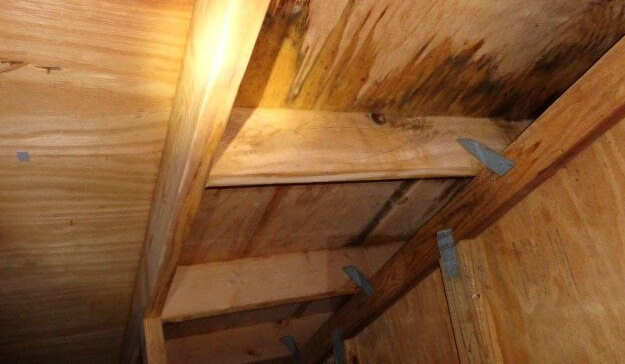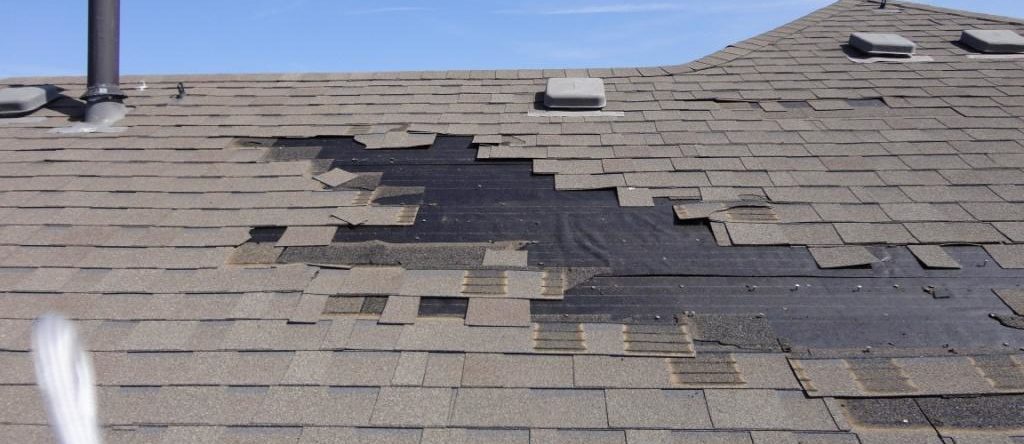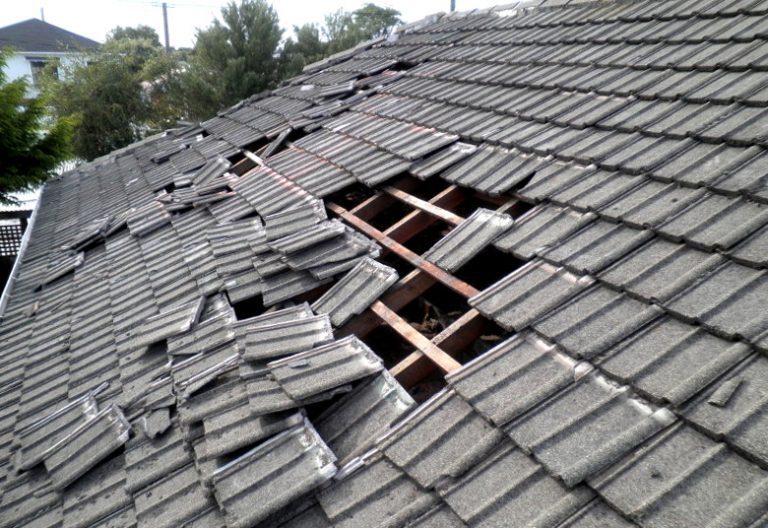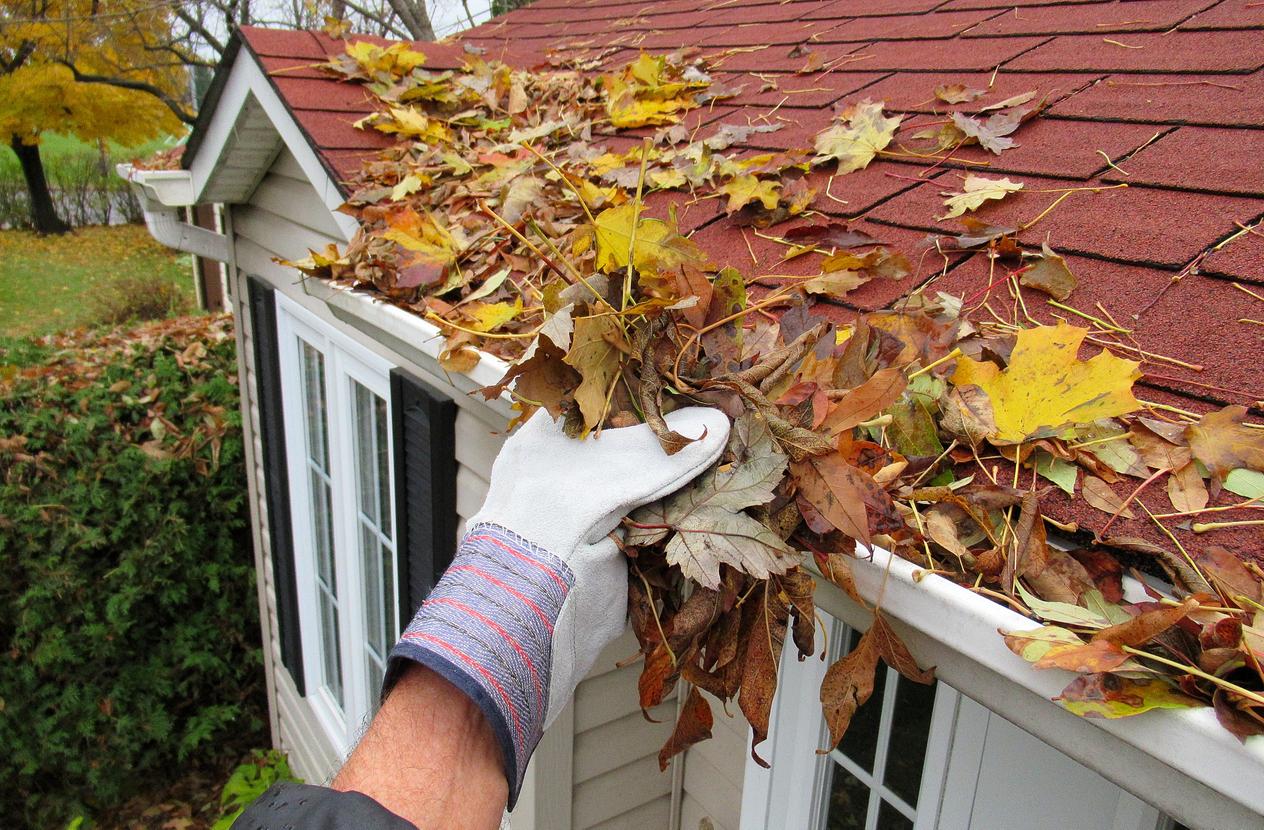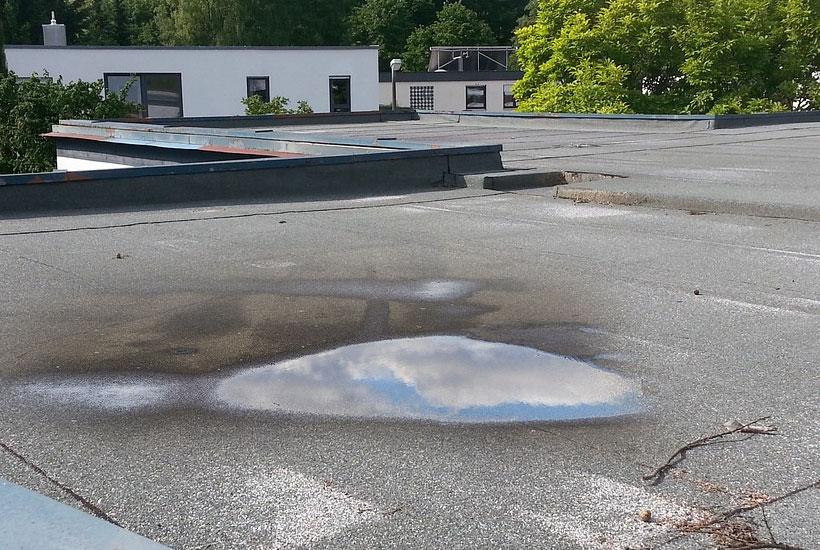If you’re a property owner or business owner – or even a car owner – you’ve probably agonized over whether or not you should invest the time and energy into repairing something, or take the easier (but costlier) route of replacing the entire thing.
When it comes to commercial roofs, the issue gets a little complicated.
Knowing Your Roof System
Knowing when to repair or replace your roof is a skill that few have. The reason? You really have to know how your roof works. In a residential setting that might seem easy enough – damage to shingles or clogged gutters is generally quite obvious – but there are often smaller and less obvious signs that could indicate that something is very wrong.
A commercial building often presents further challenges. Commercial buildings usually use flat roofing, which is unlikely to use shingles in favour of built-up roofing or modified bitumen roofing, which are generally covered in a layer of asphalt.. Some commercial or industrial buildings may even have a combination of flat roofing, metal, sloped metal, and/or shingled roofing, in which case you’ll have a lot of different things to watch out for.
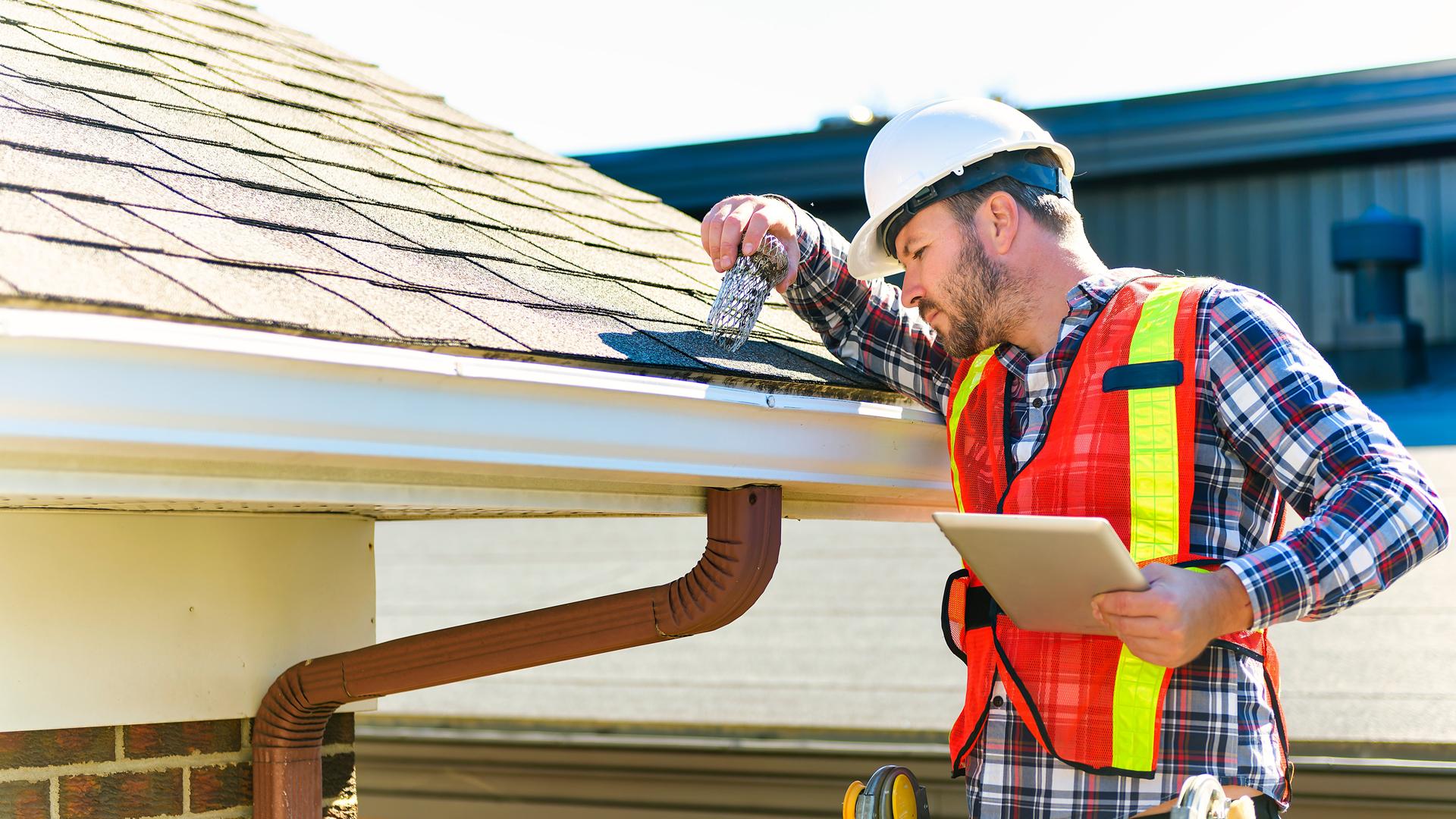
Safely Inspecting Your Roof
This may go without saying, but please remember to be cautious when inspecting your roof! Even walking across a simple flat roof can be extremely hazardous. Visually inspect as much as you can from the ground before you climb onto the roof. If your roof is too dangerous, consider hiring a professional for an inspection.
Repairing vs Replacing your Roof:
Here are a few common roofing problems you may encounter during an inspection of a damaged roof. Use the guide below to determine whether the best course of action is to replace or repair.
Minor Damage (Repair It) | Major Damage (Replace It) |
Minor Leaks: If you notice small water stains on your ceiling or in your attic after rain or snow, it’s a sign of a leak. Small leaks can often be repaired without the need for a full roof replacement
| Large, Persistent, and/or Widespread Leaks: Multiple leaks or a history of recurring leaks in different areas of the roof suggest systemic failure. Ongoing water intrusion can cause structural damage, rot, or mold.
|
Missing or Damaged Shingles: High winds, heavy rain, and other weather conditions can cause shingles to crack, curl, or go missing. Replacing these shingles can often remedy the issue if the damage is not widespread. It’s also a good idea to keep an eye out for loose asphalt granules, which can indicate wear and tear.
| Widespread Shingle Damage: While individual shingles can be replaced, extensive damage such as large areas of missing shingles, curling, cracking, or shingles that have lost their granules indicates that the roof is failing. Check for large quantities or loose asphalt granules, which can indicate significant wear and tear.
|
Minor Flashing Damage: Metal flashing around vents, chimneys, and roof intersections is crucial for preventing water from entering through cracks.. If the flashing is cracked, bent, or loose, it can often be repaired or replaced to restore the roof’s integrity.
| Significant Storm Damage: After a severe storm, roofs can suffer extensive damage that is beyond repair, including holes, split seams, irreversibly damaged flashing, or missing sections, necessitating a full replacement.
|
Clogged or damaged gutters, downspouts, or drains: Gutters and drains direct water off your roof and away from your property. If they’re clogged, leaking, or detached, repairing them promptly can prevent further damage.
| Puddles on a flat roof If you have a flat roof, puddles are always a bad sign. Water on a roof should always be directed toward a gutter or drain; if water is sitting, it could be a sign of structural damage.
|
Sagging Gutters or Downspouts: Sagging or damaged gutters can lead to water damage on your roof and siding. Repairs or replacements are relatively easy, and can prevent potential roofing problems.
| Sagging Roof: A sagging roof is a sign of structural issues, such as weakened support, rot, or even foundational issues. This can be a serious safety hazard and often necessitates a complete roof replacement.
|
Small Moss and Algae Growths on the Roof: When checking the surface of your roof – or the attic below – look for clusters of moss or algae. Their presence indicates moisture retention, which should be addressed to prevent damage.
| Mold or Rot Beneath the Roof Mold is a big problem that not only affects the overall health of a building – it can affect its inhabitants, too. If you see rot due to water ingress, your roof likely needs to be replaced – and further work needs to be done to reverse the damage inside.
|
Bonus note for commercial property owners: depending on the wording of your lease, repairs and maintenance may be the tenant responsibility. By conducting a series of repairs over years, instead of a complete roof replacement, much of the cost would be passed to your commercial tenant.
How Can We Help?
If you still aren’t sure what course of action is best, feel free to give us a call! Whether your roof is metal, shingled, flat, or otherwise, we’re very capable of guiding your decision making regarding what will be best for your property – and your wallet.
Get in touch today – we’d love to hear from you!
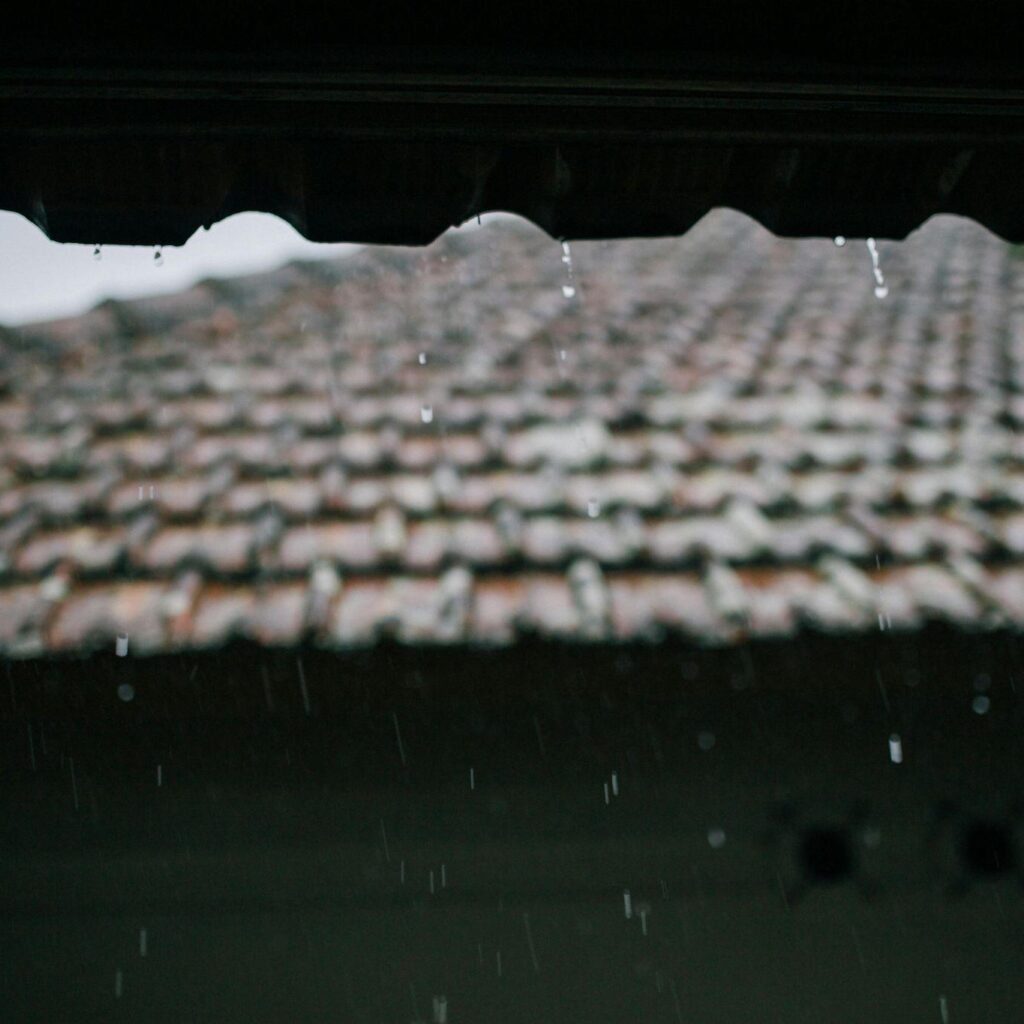
BONUS POINT FOR BUILDING OWNERS: Depending on the wording of your lease, repairs and maintenance may be the tenant responsibility. By conducting a series of repairs over years, instead of a complete roof replacement, much of the cost would be passed to your commercial tenant.


